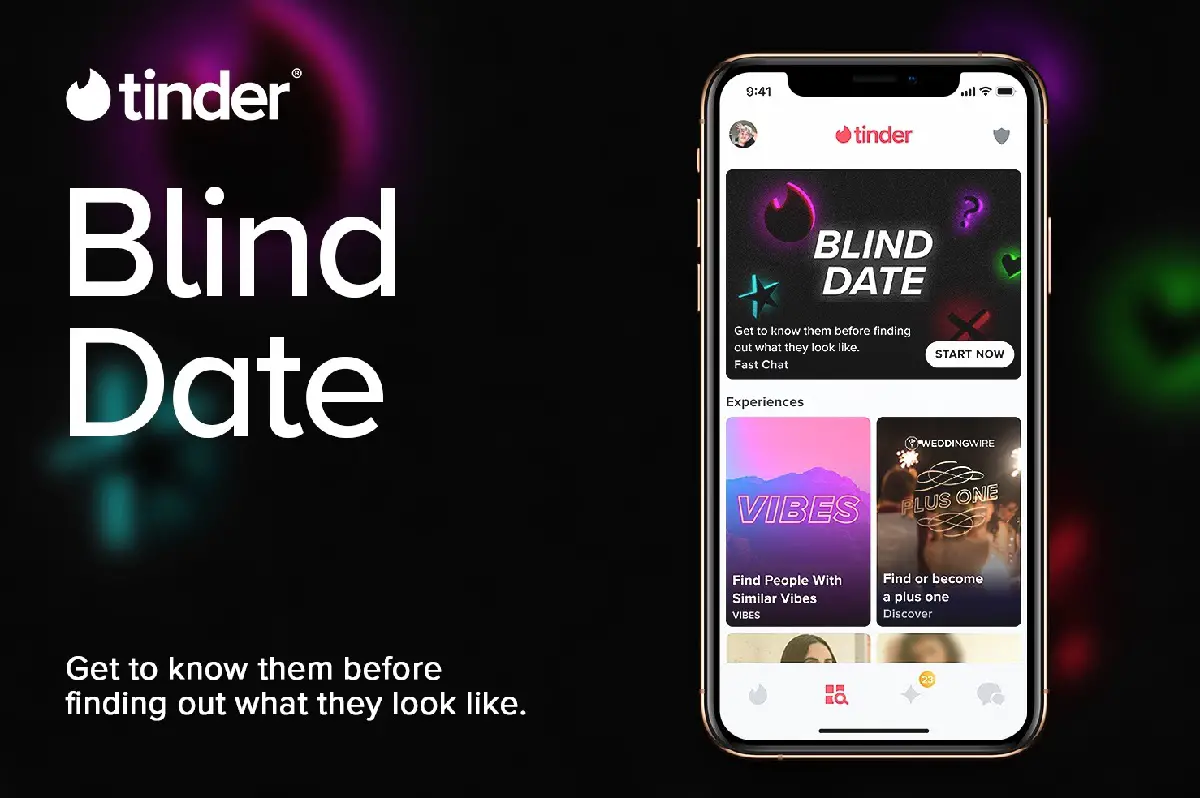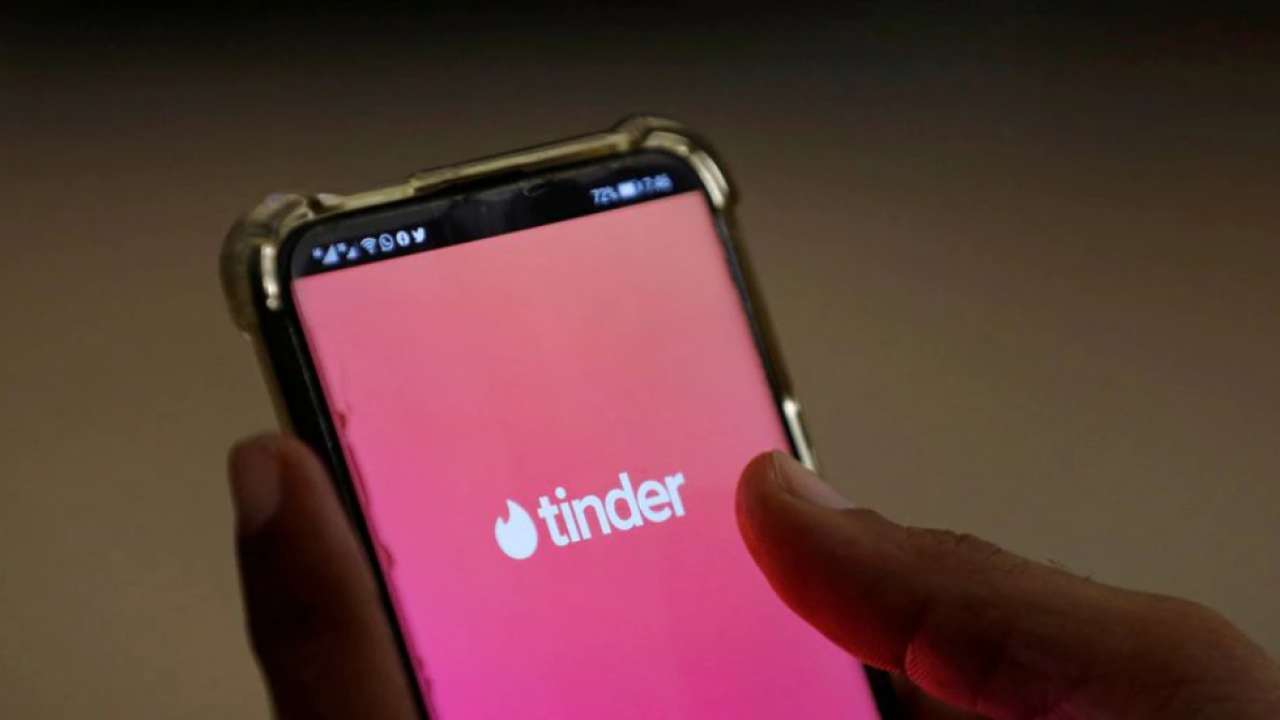Tinder introduced a new in-app function that will bring back the notion of the “blind date.” Except, in this case, instead of sending out two individuals on a blind date to one another, Tinder is bringing them together through a social chatting platform that allows them to interact and converse before they can look at each other’s profiles. The purpose of the function is to encourage individuals to evaluate each other based on personalities and talk about what they like and dislike.
Tinder brings back old-fashioned “Blind Date” culture
Match Group, the parent firm of Tinder, revealed its intentions for the addition during last week’s earnings call. According to Match Group, Tinder’s still relatively new “Explore” section allows it to try new things in the app and keep engaging consumers. The “Explore” section is where you’ll find a variety of Tinder’s engaging features, including the “Swipe Night” video series and strategies to discover matches by pursuits or plunge into fast conversations before matching. Blind Date also makes use of this, which the company calls “Fast Chat.”
Members must first respond to a set of icebreaker questions before being matched with someone based on similarities when using the Blind Date function of Tinder. Then, they will answer some multiple-choice prompts like, “It’s OK to wear a shirt ____ times without washing it” and “I put ketchup on____.” If you don’t think the response is good enough, you may choose to pair with someone else.

According to Tinder, the new experience better reflects Gen Z users’ dating culture, which places a premium on authenticity. According to the firm, Blind Date proved to be rather successful in trials; those who used the function made 40% more matches than those who used another Fast Chat option where profiles were visible. As a result, the feature was extended across.
Kyle Miller, VP of Product Innovation at Tinder said: “We’ve all seen the mix of anticipation and excitement going on a blind date brought some of our favorite movie or TV characters, and we wanted to recreate that experience for today’s generation with the Blind Date feature.”
It’s interesting for an application like Tinder to release a system for matching people, where photos aren’t the primary focus. Critics have charged that contemporary dating apps, such as Tinder, have reduced dating into a superficial experience where judgments about people are made in under a second based on their appearance. This has led to the development of a new category of dating applications that advertise themselves as “anti-superficial.”
Instead of creating a separate app for this type of encounter, Tinder feels that the notion of blind dating may be integrated into its own software.





